First launched in 1900 in the US, today credit cards have become one of the most popular forms of payment for the masses.
With the rise of the middle-income class, credit cards over the years have incentivized people to spend money, sometimes without considering its consequences.

This is especially the case in developing nations where credit cards are becoming more popular as the middle class is emerging with a higher spending capacity.
For instance, in India, there were only 20 million credit card users in 2010, which rapidly increased to 78 million in 2022. However, this has resulted in an outrageous spike in credit card debt. In 2022, the total outstanding debt in India was around $22 billion.
This guide will analyze the inherent causes of the rise in debt and look for solutions to resolve the challenge.
Why is it Concerning?

The rise in credit card spending is not in sync with the rise in industrial credit. Rather business borrowing is not keeping pace with personal credit growth, which is opposite to the usual trend in a growing economy.
Simultaneously, debit card spending, which highlights the growth in consumer spending propensity, is also declining.
This suggests that Indian households are shifting to high indebtedness, raising doubt about the viability of credit card spending in the country.
But why is credit card debt considered bad?
Credit cards are considered a bad debt because of high-interest rates, and the amount is mainly used for consumption, not investment, meaning it does not create any new assets through which money is created.
Factors Leading to Rise in Credit Card Debt
Several factors have resulted in the rise of credit card debt in India. Let’s check out one by one:
Economic Growth and Rising Income Levels
India has experienced significant economic growth over the past few decades, which has resulted in increased disposable income and consumer spending.
As the economy grows, individuals have more purchasing power and a higher capacity to borrow.
This growth has contributed to the expansion of the middle class and increased the availability of credit cards, leading to higher credit card usage.
Lack of financial literacy:
Many Indian consumers do not understand the risks and may not fully comprehend the terms and conditions, interest rates, or repayment obligations associated with credit cards.
They may also not be aware of the penalties that are charged for late payments. As a result, they are more likely to overspend and accumulate debt with a huge interest rate.
Increasing Consumerism and Impulsive Spending:
India’s consumer culture has seen a shift toward increased spending on lifestyle products, electronics, travel, and dining out.
Along with that, advertisements, social pressure, and the desire to keep up with trends have further pushed impulsive buying behavior.
This behavior can lead to overspending and reliance on credit cards to finance purchases, resulting in higher credit card debt.
Easy access to credit:
Financial institutions and credit card companies have made it easier for individuals to obtain credit cards. In some cases, they do not even require a credit check.
This makes it easy for consumers to get into debt, even if they cannot afford to repay it.
Moreover, aggressive marketing strategies, attractive rewards programs, and pre-approved offers have encouraged people to apply for credit cards without fully understanding the associated responsibilities and potential debt burdens.
High-Interest Rates and Fees:
Credit cards often come with high-interest rates, especially for revolving credit. The average interest rate on credit cards in India is around 20%.
This is much higher than the interest rates on other types of loans, such as car loans and home loans. Adding to that, late payment fees, annual fees, and other charges can also accumulate quickly, leading to a debt spiral if not managed effectively.
This means that consumers can end up paying a lot of money in interest if they do not repay their credit card debt on time.
Impact of Credit Card Debt on Indian Households
Financial Stress and Burden:
The rise in credit card debt in India has led to increased financial stress and burden for individuals. High outstanding credit card balances, coupled with high-interest rates and fees, can create a significant financial burden for cardholders.
This burden can result in difficulties in meeting monthly payment obligations, leading to a negative impact on financial well-being and increased instances of delinquency. This is evident from the fact that around 12.7% of credit card users default on their debt.
Negative Impact on Credit Score:
Unmanageable credit card debt can have a negative impact on an individual’s credit score.
Late payments, defaults, or high credit utilization ratios can lead to a decrease in credit scores, making it more challenging for people to access credit in the future, including loans and mortgages, and may result in higher interest rates.
According to the Credit Information Bureau (India) Limited (CIBIL), a credit score below 750 is considered a suboptimal score and may limit an individual’s ability to access credit.
Impediment to Savings and Investments:
Individuals burdened with credit card debt may struggle to set aside money for emergency funds, retirement savings, or other investment opportunities.
The financial resources that could have been allocated for savings and investments are instead used to service credit card debt.
Psychological and Social Impact:
Persistent financial stress, anxiety, and feeling overwhelmed by debt can negatively affect mental well-being.
Moreover, individuals from lower-income households or those with limited financial resources are disproportionately affected by credit card debt.
As a result, the burden of high-interest debt and limited repayment capacity can widen socioeconomic disparities and exacerbate income inequality.
What Can Be Done to Address the Problem of Credit Card Debt?
-
Create a Budget
Creating a budget is the foundation of effective financial management. It involves tracking income and expenses to gain a clear understanding of where money is being spent and how it can be optimized.
Track income and expenses: Start by recording all sources of income and categorizing expenses. This can be done manually or by using budgeting apps or spreadsheets.
Identify areas for optimization: Analyze spending patterns and identify areas where expenses can be reduced. This might include cutting back on discretionary spendings, such as dining out or entertainment, or saving on regular expenses like groceries or utilities.
Prioritize debt repayment: Allocate a specific portion of the budget to credit card debt repayment. This ensures that debt obligations are met on time and prevents the accumulation of high-interest charges and penalties.
-
Minimize Credit Card Usage
Reducing reliance on credit cards is key to avoiding excessive debt. The following strategies can help you minimize credit card usage:
Limit credit card usage: Reserve credit card usage for essential purchases and emergencies. By using cash or debit cards for day-to-day transactions, you can avoid unnecessary debt and foster responsible spending habits.
Utilize debit card or cash: Make a conscious effort to pay with funds readily available in a debit card or through cash. This promotes financial discipline and reduces the temptation to rely on credit cards for purchases.
-
Pay More than the Minimum
Paying only the minimum amount due on credit cards can lead to long-term debt and increased interest charges.
Pay more than the minimum: Whenever possible, aim to pay more than the minimum amount due each month. By paying more, you easily can reduce the principal balance faster and minimize the interest charged.
Prioritize high-interest debt: If carrying balances on multiple credit cards, prioritize paying off the card with the highest interest rate first. Simultaneously, make minimum payments on other cards. This strategy minimizes the overall interest paid and helps individuals become debt-free more efficiently.
-
Financial Discipline and Behavior Modification
Developing and practicing sound financial habits is crucial for long-term debt management. Here are some behavioral changes you can implement:
Build an emergency fund: Establishing an emergency fund provides a financial safety net for unexpected expenses. Having savings to rely on reduces the temptation to use credit cards during emergencies, helping to prevent additional debt.
Regularly review credit card statements: Thoroughly review monthly credit card statements to promptly identify discrepancies, unauthorized charges, or fraudulent activity. Reporting and resolving issues promptly can prevent further financial complications.
Improve financial literacy: Invest your time in educating yourself about personal finance, credit card terms and conditions, interest calculations, and debt management strategies. Reading books, accessing online resources, or attending workshops can empower you to make informed financial decisions.
Conclusion
Addressing the issue of credit card debt in India necessitates a multifaceted approach involving financial education, regulatory measures, responsible lending practices, and individual responsibility.
By implementing these strategies, individuals can take control of their debt, financial institutions can promote responsible borrowing, and regulators can ensure consumer protection.


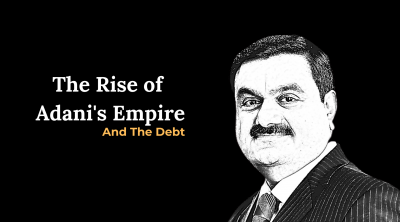
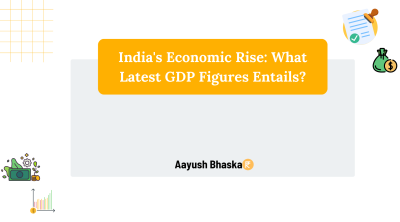

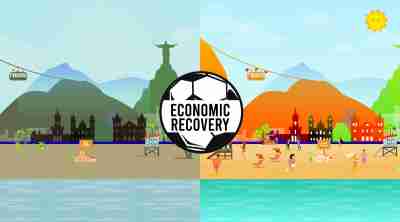
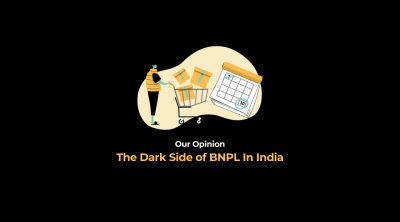
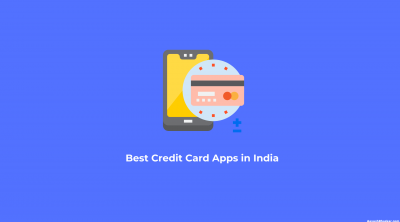
Leave a Reply